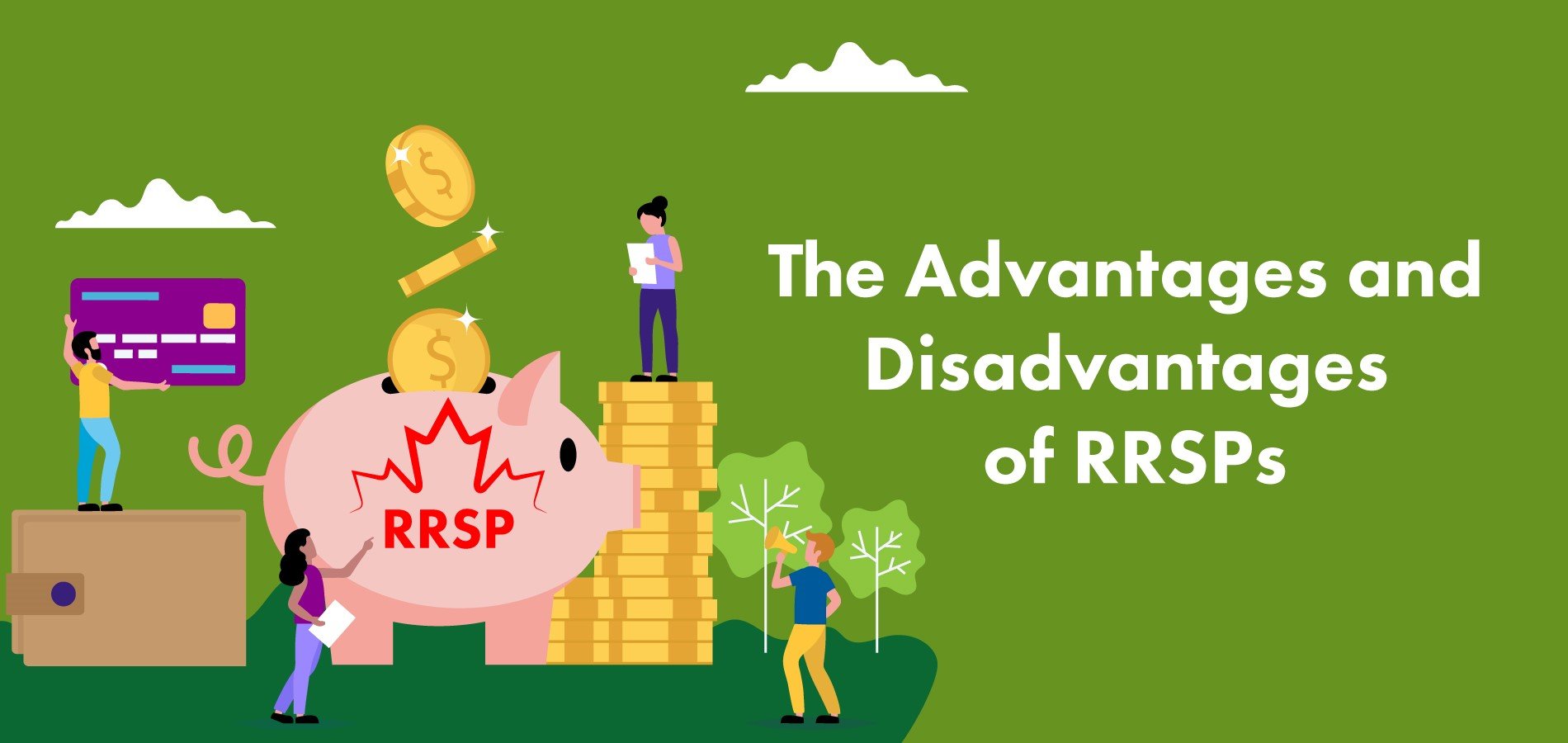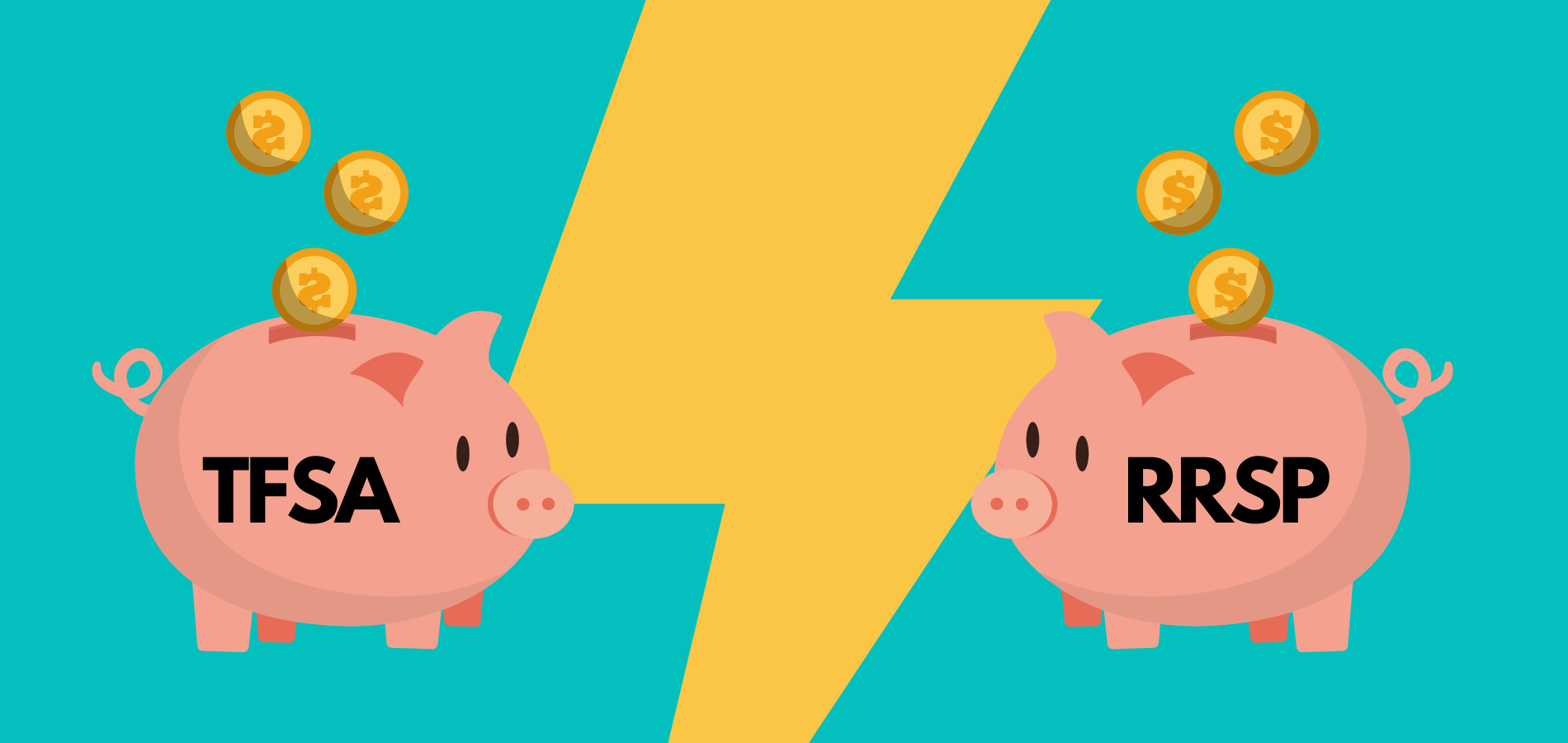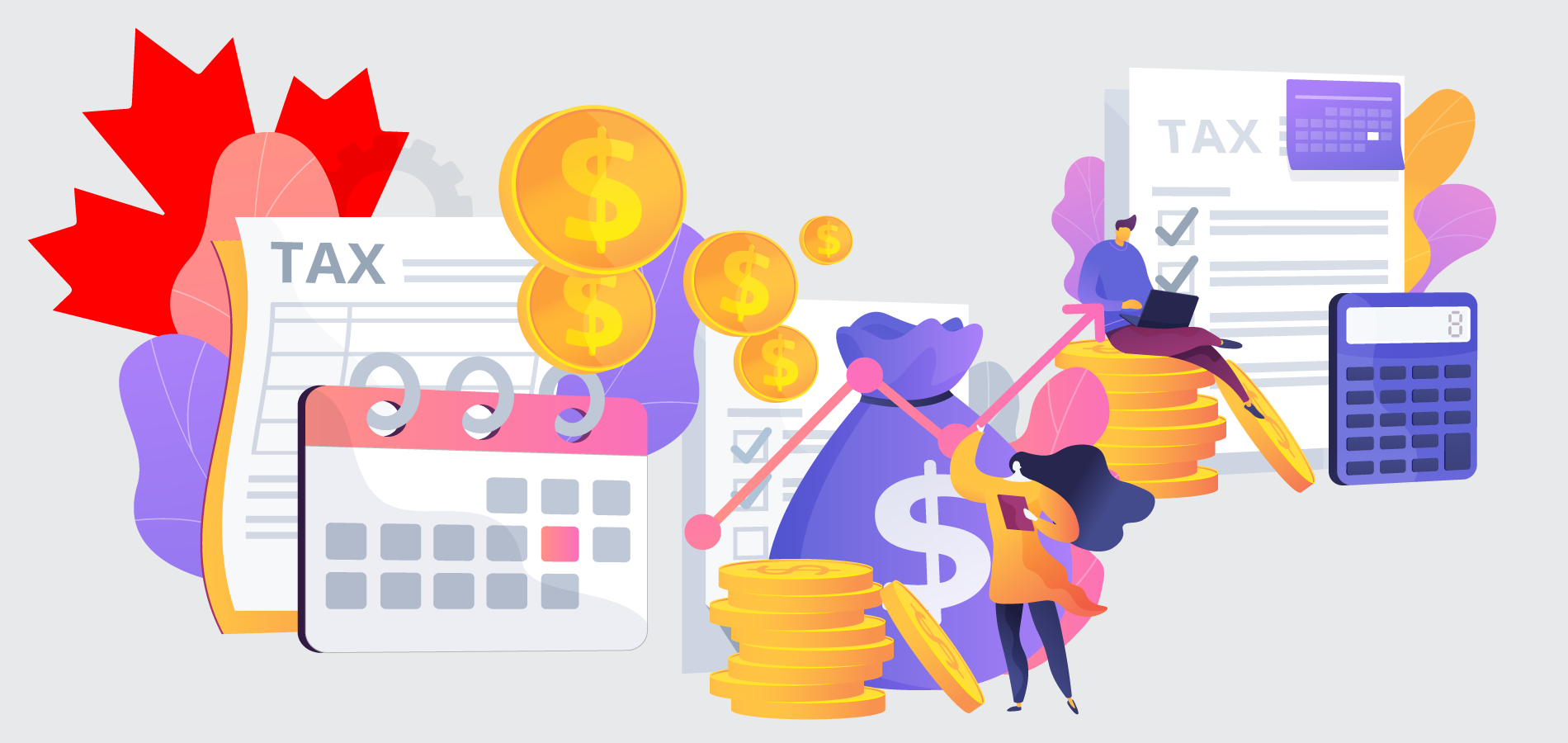Registered Retirement Savings Plans (RRSPs) are a great way to save for your golden years and at the same time avoid paying taxes. Every working person should take advantage of this program each year. Read on to learn about how to contribute to your RRSP and make it grow!
How much can I contribute to an RRSP?
You are allowed to contribute up to 18 percent of your previous year’s income. The RRSP maximum contribution in 2021 is $27,830 – regardless of how high your income is. If you have not contributed the maximum in past years, you will be eligible to roll over these amounts to the current year. This amount is known as “contribution room.”
Your annual Notice of Assessment from the Canada Revenue Agency will detail your contribution room for the following year. If you don’t have a copy of your Notice of Assessment, you can log into your CRA account to view your RRSP deduction limit.
The more you are able to contribute, the higher your tax refund will be. When you retire, your nest egg will be larger too!
How often can a person contribute to an RRSP?
The RRSP contribution rules do not limit how often you can contribute. It’s a great idea to set up automatic RRSP contributions – in this way you won’t even miss the money. Most people establish a regular monthly contribution so that at the end of each year it adds up to a tidy sum.
How much RRSP should I contribute to get a tax refund?
It depends on your situation. If your employer has been deducting taxes from your paycheque on a regular basis, you will only need to make a small RRSP contribution in order to get a refund. If you are self-employed and have not been remitting tax installments, you may need to make a large contribution in order to get a refund.
Most financial experts advise that you should focus on contributing what you can, not to avoid paying taxes. This will help you to build up the RRSP over the long term.
If you do receive a tax refund, it’s a great idea to immediately contribute this to your RRSP (assuming you have contribution room.) In this way, you grow your RRSP and start generating an RRSP tax credit for the following year.
How do you contribute to an RRSP?
There are many ways to contribute. These include:
- Payroll deduction: Check with your employer to see if they offer a group RRSP plan in which you can simply have your contributions deducted from your paycheque. Some employers even provide a match, or partial match, of your contributions. Be sure to take advantage of the maximum amount your employer will provide – this is free money!
- Regular withdrawal: You can set up a monthly automated withdrawal with your bank or investment company. Even $100 a month will generate an annual contribution of $1,200 and get you started on building your RRSP. The withdrawals do not need to be monthly – you can set them up as weekly or semi-monthly contributions.
- Regular cheque: You can simply send a cheque to your investment company at the end of each month.
- Year-end contribution: Assuming that you have RRSP contribution room, you can make a year-end contribution. If you contribute within the first 60 days of the year, you can apply the amount to last year’s tax return. This means that you may be able to get a tax refund under the RRSP contribution rules.
What is the last day to contribute to your RRSP?
The RRSP contribution rules allow you to contribute to your RRSP on or before March 1, 2022 and have the tax credit applied to your 2021 taxes. Even if you miss the deadline, your contribution still helps to build your RRSP. However, the tax credit will be applied to the following year’s tax return.
Can you contribute to an RRSP anytime?
Absolutely! If you receive a bonus from your employer or a tax refund, it’s a great idea to apply some of it to your RRSP (again, assuming you have contribution room).
What happens if you over contribute to your RRSP?
The RRSP contribution rules are tough in this case! You will be penalized with a 1 percent tax per month if you over contribute. There is a one-time over contribution exemption of $2,000. Consider contributing to your Tax-Free Savings Account (TFSA) instead, if you have maxed out your RRSP.
How does an RRSP deduction work?
The RRSP contribution rules provide you with a tax deduction whenever you contribute to your RRSP. Your financial institution will provide you with an RRSP tax receipt at the end of the year. When you complete your tax return, this deduction will reduce your tax payable. It’s a great way to avoid paying taxes.
Unfortunately, you do eventually have to pay taxes on the contribution. When you retire and begin withdrawing funds from RRIF, these amounts are taxable. Hopefully, you will be in a lower tax bracket since you are no longer employed – and your tax liability will be less.
How to invest in an RRSP
There are many ways to invest in RRSPs, including low-risk GICs and high-risk stocks. Your financial advisor can help you determine the best investments based on your age, financial situation and risk tolerance.
What’s a Spousal RRSP?
A Spousal RRSP allows you to contribute to your spouse’s RRSP and still get a tax deduction. This can be highly advantageous for couples where one person makes a higher income than the other.
What to do with unused RRSP contributions
If you don’t contribute the RRSP maximum, your contribution limit rolls over and keeps accumulating. Let’s look at an RRSP contribution room example. Suppose that your limit is $10,000 but you only had enough cash to contribute $5,000 last year. This means that your limit for this year totals $15,000 (your limit of $10,000 plus the $5,000 of contribution room from last year.)





